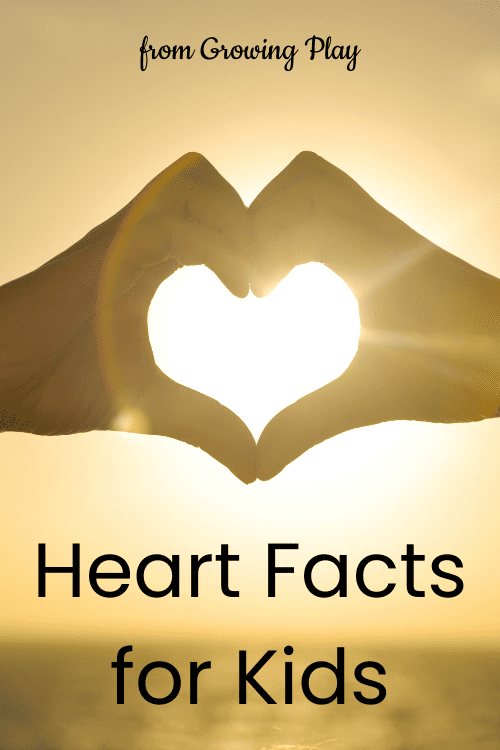Heart Facts for Kids

Thump, thump. Thump, thump. Thump, thump. Do you hear that? That’s your own heart beating. The average heart beats once every second, hundreds of times in a minute, and thousands of times in a day. But, why does it beat? When the heart beats, it is either distributing or receiving blood. The heart is responsible for transporting barrels of blood out of the heart valves and through your blood vessels into important organs, such as your lungs and brain. This is known as the circulatory system. Your heart is the main organ of the circulatory and operates as a very strong muscle. Keep reading Heart Facts for Kids to learn more about your heart. From its shape and size to its function and risk factors, we will cover it all, so get that blood pumping because it’s time to read!
What is the Heart?
1. The heart is one of the most vital organs in the body. It is protected by your rib cage and located near the center of the chest, so that it can pump blood throughout your entire body, including your brain. That’s right! Your heart is responsible for pumping blood throughout your entire body from your brain to the tip of your toes.
2. Your heart is a thick wall of muscle that contains a heavy amount of blood. On average, an adult heart will contain between 1.2 and 1.5 gallons of blood. Wow! This blood is stored in heart chambers and valves on the left and right side of your heart.
Heart Facts for Kids – Inside the Heart
3. Typically, the structure of the heart is made up of four chambers and four valves to store and transport blood. The left side of the heart contains the left ventricle and the left atrium, while the right side of the heart contains the right ventricle and the right atrium. The four valves include the aortic valve, the mitral valve, the tricuspid valve, and the pulmonary valve. Fun fact: You also have a pulmonary artery and an aortic artery. The aorta is the main artery located on the left side of your heart.
How Big is Your Heart?
4. A newborn’s heart weighs about one ounce (28 grams).
5. The average adult heart weighs between 10-12 ounces (280-340 grams).
6. Some people compare the size of an adult heart to a tennis ball, although you can tell how big your heart is from the size of your fist. Go ahead, try it! Make a fist and place it towards the center of your chest. That’s the size of your heart!
Heart Facts for Kids – Your Heartbeat
7. Every heart is different, but research has shown that a healthy heart can beat up to 100,000 times per day. The average heart rate for an adult is approximately 80 beats per minute or bpm.
8. The heart pumps about 2,000 gallons (7,571 liters) of blood each day!
Complications of the Heart
9. Because the heart is responsible for so much work in the body, it is also very vulnerable to a variety of heart diseases and conditions. These include heart attacks, heart murmurs, heart defects, heart failure, and arrhythmias – or irregular heart rhythms. Some adults may also develop cardiovascular disease or high blood pressure, which means the heart beats faster than normal.
10. While some heart conditions can be managed with medication or lifestyle changes like eating a healthy diet and getting regular exercise, others may require more intensive treatments like heart surgery or even heart transplants.
11. Despite these risks, however, it’s important to remember that most people can live long, healthy lives with properly functioning hearts! With proper care and monitoring, you can keep your heart in great shape well into old age. Fun fact: If you live to be 70 years old, your heart will have beaten more than 2.5 billion times throughout your life!
Heart Facts for Kids – The Importance of the Heart
12. The main function of your heart is to pump blood throughout the rest of your body. But, did you know, the heart never stops working, not even when you are sleeping? That’s right! The heart muscle is always putting in physical work, so make sure you take care of it by exercising and drinking water.
What ideas can you think of to help take care of your heart? From walking to running and everything in between, there are so many great ways you can exercise your heart and stay in shape! You can also eat heart healthy foods, like vegetables and whole grains. I promise they aren’t all that bad, though. Dark chocolate has actually been shown to lower the risk of heart disease, so make sure to remember that the next time you want a chocolate bar.

WANT MORE FUN FACTS FOR KIDS?
Check out these fun facts for kids here and browse all the other topics at the bottom of the post.


